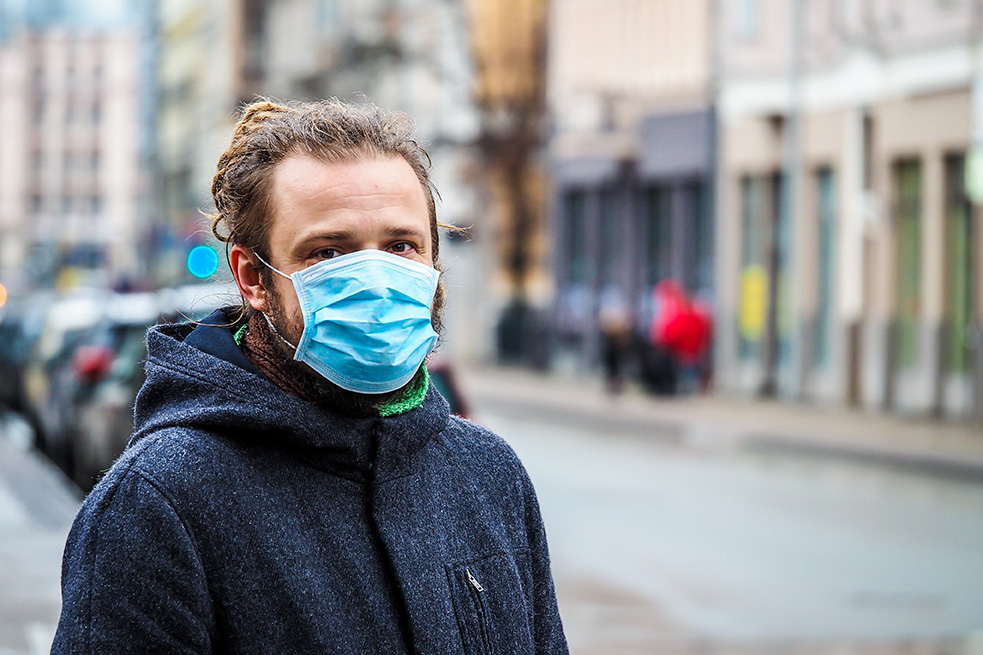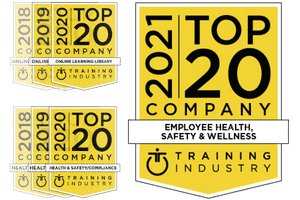04/6/2020: This article has been updated to coincide with changing COVID-19 guidelines and includes new instructions on the creation and use of cloth face masks.
While respirators are commonly used as a first line of defense against air contaminants in fields such as construction or oil and gas, many people are wondering whether they can be useful in stopping the spread of COVID-19, also known as the coronavirus.
As the virus continues to spread, and despite what was originally believed, a number of recently published studies from around the world have shown that COVID-19 can be transmitted by individuals who show no symptoms.
Based on this new information, the government and the Centers for Disease Control and Prevention (CDC) are recommending the continued practice of social distancing and are now also encouraging the use of cloth face coverings in public settings.
This guide will introduce the creation and use of a simple face mask along with the basics of respirator use and their effectiveness against the spread of COVID-19.
READ CORONAVIRUS: WHAT WE KNOW AND WHAT YOU CAN DO
Different Types of Face Masks
The Occupational Safety and Health Administration (OSHA) has outlined several classes of respirators that help protect workers against various types and degrees of hazards. These masks and respirators fall into two major categories: Air-purifying or atmosphere-supplying.
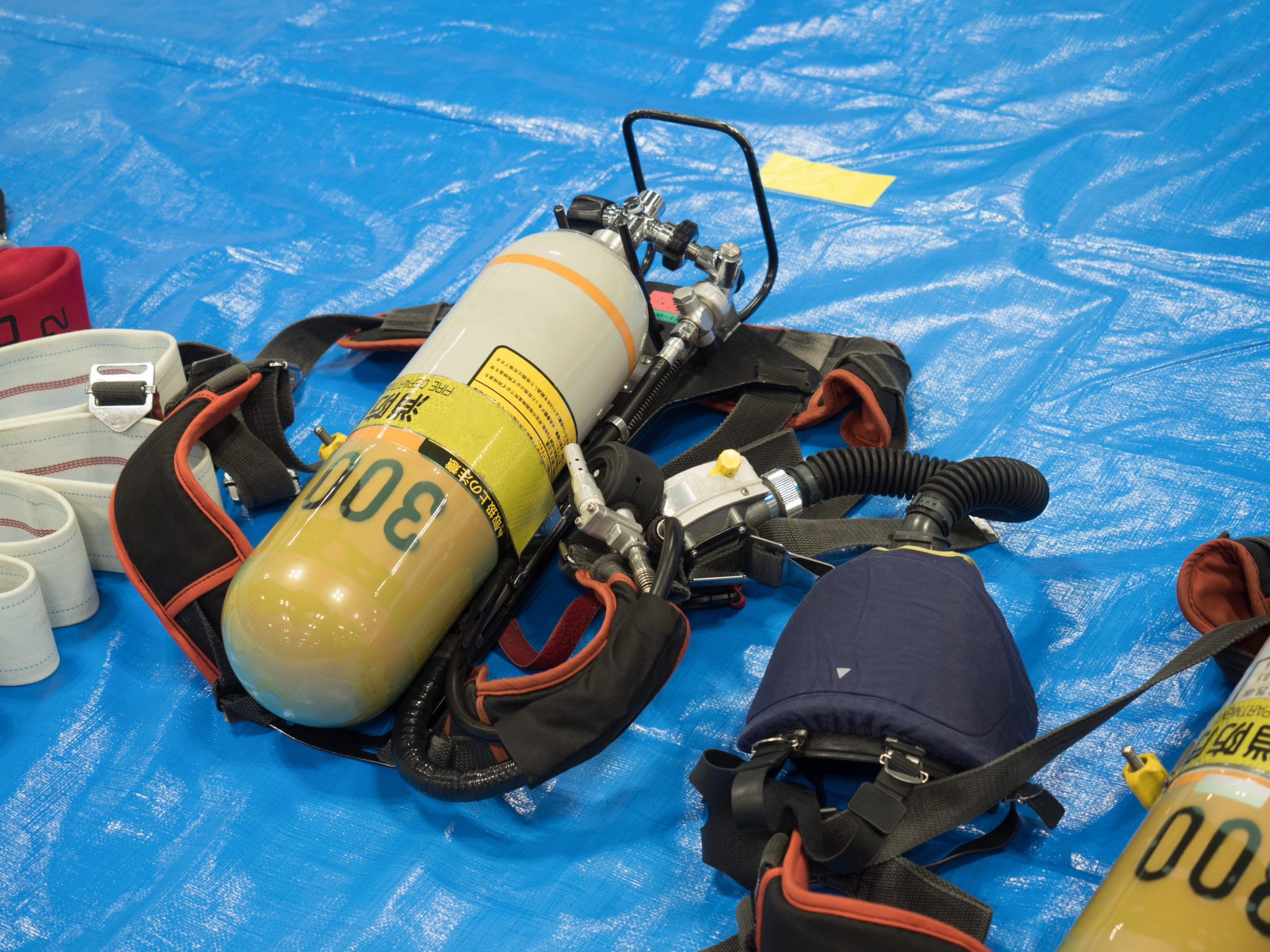
It would be entirely unnecessary to locate and use an atmosphere-supplying respirator for the purpose of preventing the spread of COVID-19. These heavy-duty respirators should be reserved for specific workplace hazards, such as firefighting.
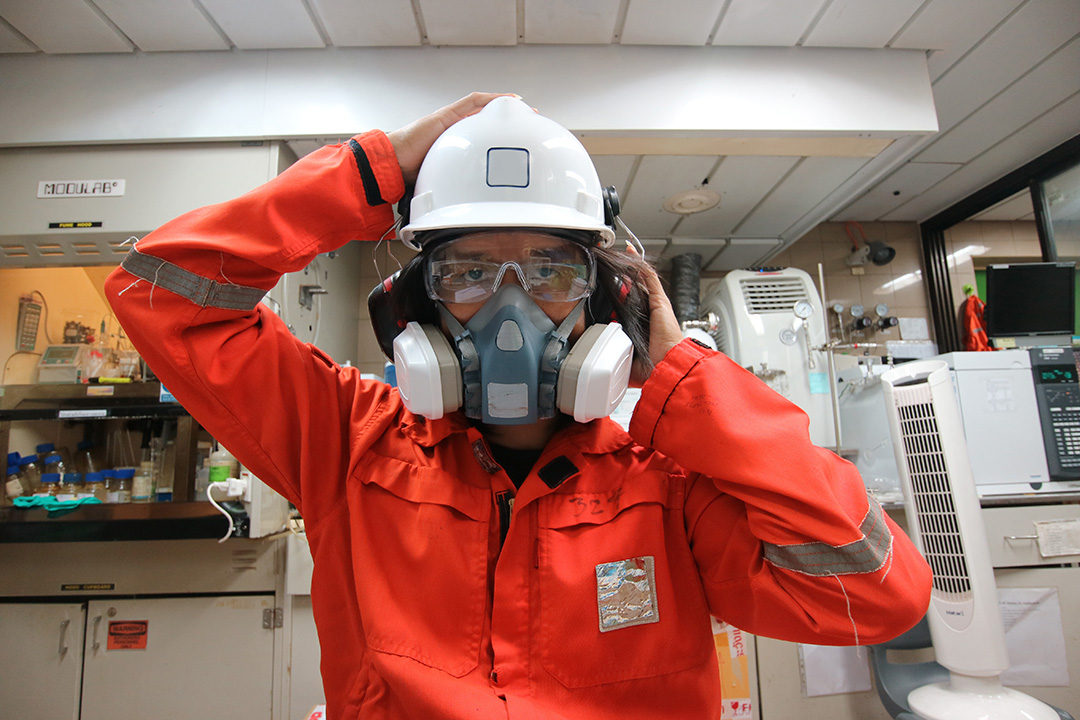
On the other hand, air-purifying respirators or masks are much more common and tend to be more readily available. This category of respirator includes both loose- and tight-fitting options, both of which have their own specific uses.
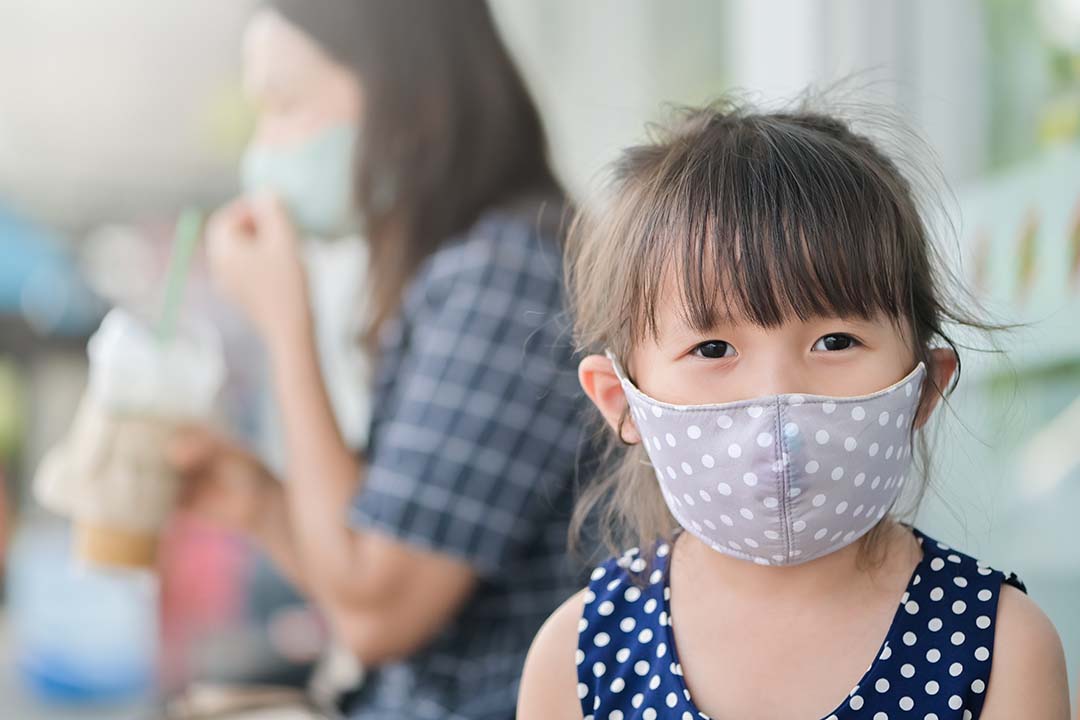
There is also the option of a basic cloth face mask, which does not have OSHA guidelines but is now being recommended, and these would still provide an extra barrier between the wearer and the atmosphere.
Which Mask Will Protect Me?
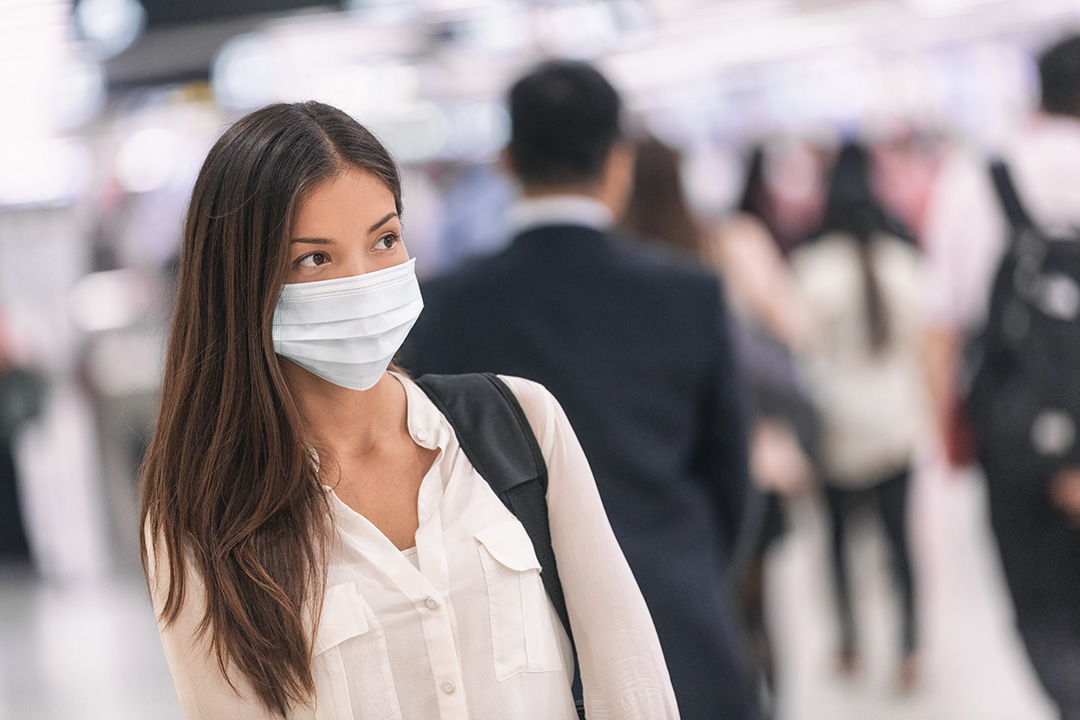
When the average lay person thinks about face masks, they likely picture a surgical mask. These paper masks have been seen on the general public in heavily polluted or smoky areas, such as China and even Los Angeles.
They have now become a more common sight, as people try to balance going to work or running essential errands with protecting themselves and others around them from this fast-growing pandemic.
While surgical-type masks may not necessarily protect the wearer from airborne droplets, such as those expelled through sneezing or coughing, they are ideal for protecting others from the wearer’s own germs.
However, the public is discouraged from purchasing surgical face masks, as we are seeing a severe shortage of face masks and other personal protective equipment (PPE) needed for medical personnel.
One step the public can take if they choose to follow the latest CDC recommendations (as of writing) is fashioning a simple cloth face covering. These can be made using items many people can find in their own homes and can help protect both the wearer from other people and vice versa.
Making a Safe Face Mask
Many major craft stores have created step-by-step guides for sewing a face mask at home, including a list of material options that would be most effective. These are not ideal for everyone due to the materials and even small amount of labor involved, and there is a much simpler version.
Surgeon General Dr. Jerome Adams, in conjunction with the CDC, released a short tutorial video on face coverings using a piece of cloth and two rubber bands or hair ties. Some of the most common materials used for this version are a bandana or even an old T-shirt.
Creating a No-Sew Face Mask
- Lay your material on a flat surface
- Fold the top down to center and fold the bottom up to center
- Once again, fold the top down to center and fold the bottom up to center
- Put a rubber band or hair tie on each side, about 1/3 from each end
- Fold the two sides into the middle so that they overlap
- Tuck one end into the other so it is more secure
- Place the rubber bands or hair ties around your ears, with the folded-in ends covering your mouth
Be sure to wash the material in hot water before use and continue routinely washing the mask, after removing the rubber bands or hair ties, in order to maintain a clean barrier for yourself and others.
Using a Surgical Mask or Respirator
If you have access to, and do wish to use, this basic face mask, it is important you know how to properly put on and remove the mask. Remember, however, there is no need to purchase these face masks for yourself or your family.
Donning a Face Mask
- Thoroughly wash your hands with soap and water
- Determine the correct mask orientation, which typically means the colored side of the mask faces away from you
- Secure the mask depending on the type: Ear loops, ties or bands
- Mold the top edge of the mask against your nose
- Cover your nose, mouth and chin
Doffing a Face Mask
- Thoroughly wash your hands with soap and water.
- Avoid touching the front of the mask, as this may be contaminated.
- Remove your mask based on the type
- For masks with ear loops, lift both loops over your ears.
- For masks with ties, untie the bottom ties first and pull the mask away from you as you untie the top.
- For masks with bands, pull the bottom band, and then the top band, over the top of your head
- Throw the mask in the trash
- Wash your hands again
Looking for more online safety training content?
DISCOVER OVER 800 COURSES AVAILABLE!
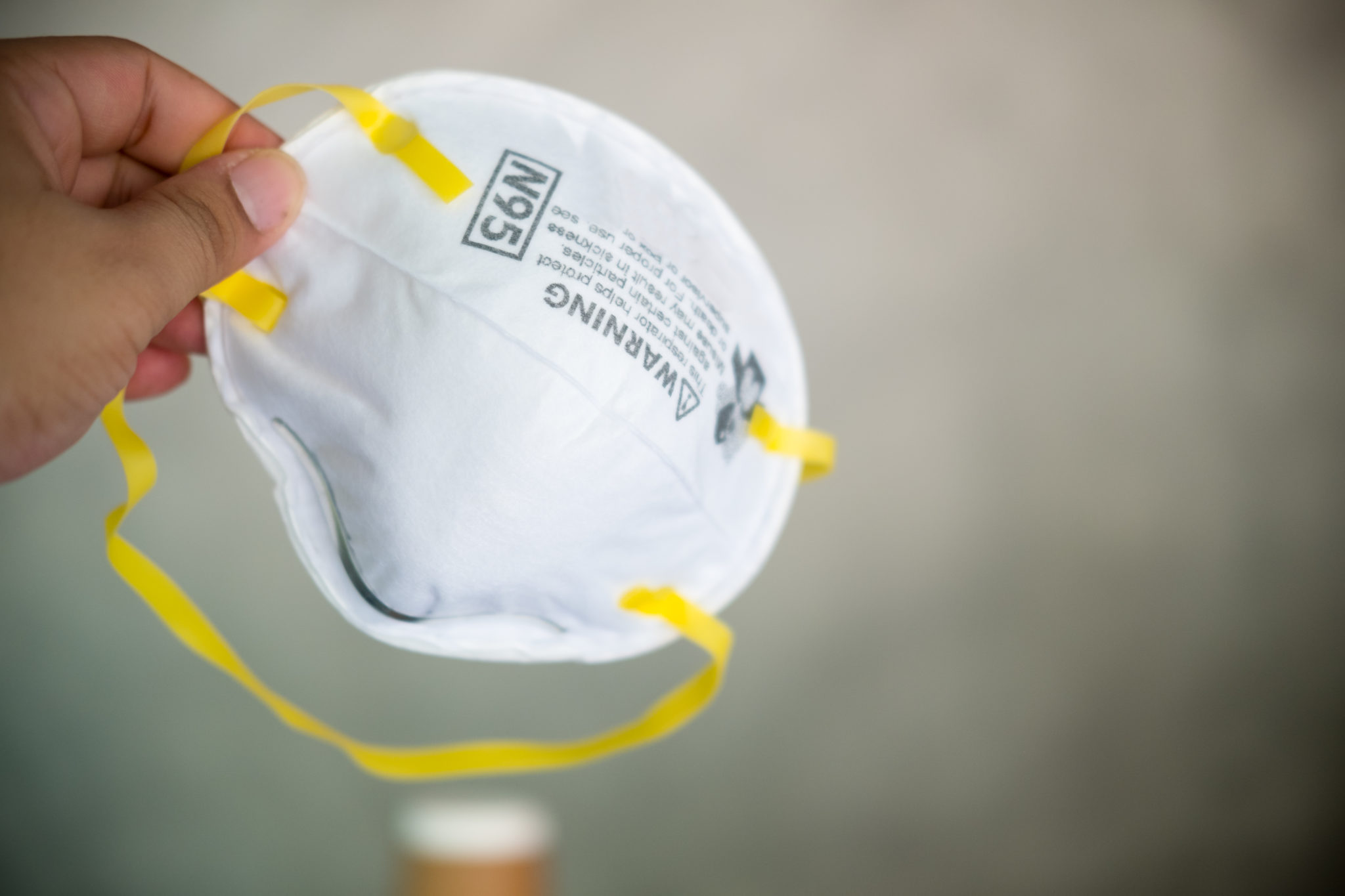
One step above the basic surgical mask is an air-filtering half-mask respirator, commonly known as an N95 (due to the fact that it is NOT resistant to oil and filters out 95% of airborne particles).
The general public should not be using an N95 mask to protect themselves from the spread of the coronavirus. These should be reserved for those who are properly trained on their use and are accustomed to wearing them. The thicker material and tighter seal can create a claustrophobic feeling for those not familiar with them.
However, if you have access to an N95 respirator and choose to wear it in public, you must follow all proper steps for putting on and removing the respirator, as well as for checking the seal on the mask once it is on.
Donning an N95 Respirator
- Thoroughly wash your hands with soap and water
- Hold the mask close to your face, covering your nose, mouth and chin
- Secure the strap(s) around the back of your head. If there are two straps, do not crisscross them
- Mold the top edge of the mask against your nose
Checking the N95 Respirator Seal
- Place both hands firmly over the respirator
- Breathe in deeply to confirm the mask seals tightly
- Exhale completely and feel for any leakage
- Adjust the nosepiece or straps as needed
Doffing an N95 Respirator
- Thoroughly wash your hands with soap and water.
- Avoid touching the front of the mask, as this may be contaminated.
- Remove the band over the top of your head. If there are two straps, remove the bottom band first.
- Throw the mask in the trash
- Wash your hands again
Similar to the standard surgical masks, the purchase of N95 respirators by the general public is not recommended as it may create a shortage for those who need them most.
Be Smart and Stay Safe
Rather than worry about which type of face mask could protect you, following simple health and hygiene guidelines is enough, in most cases, to help prevent the spread of COVID-19.
Because this virus can be contracted in many ways, including through contaminated surfaces, washing your hands with soap and water before and after touching public surfaces or food is highly advisable. Additionally, avoid touching your eyes and mouth as much as possible.
If you feel sick, try to stay inside as much as possible. Even though a “self-quarantine” may not be ideal, it is the easiest way to stop the spread of any illness. If you find yourself with a high fever or you are having difficulty breathing, call your doctor to determine if you need to seek medical attention.
Just like with many illnesses, staying smart and understanding the spread of the virus is the easiest way to keep yourself healthy.

